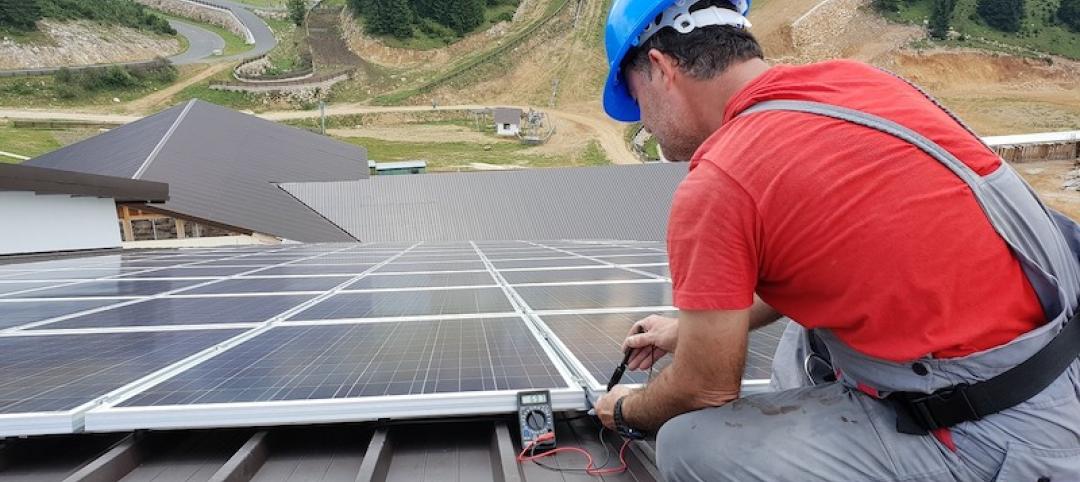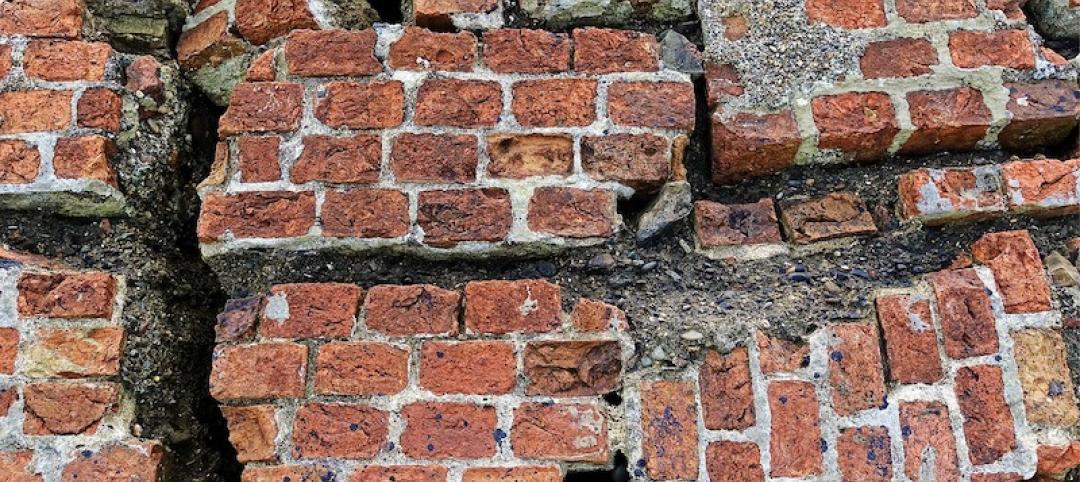Cushman & Wakefield’s 2022 Americas Office Fit-Out Cost Guide found supply chain constraints and shifting consumer demands will continue to add pressure to costs, both in materials and labor.
Increases in construction and customer demand for durable and non-durable goods have driven supply chain disruptions over the past two years. COVID-19 outbreaks and labor shortages have also wreaked havoc through ports and on trucking, transportation, and distribution capacities. The supply chain stress indices for both China and the U.S. ended 2021 up over 40% from pre-pandemic levels.
For office construction and fit-outs, these stressors have created increased delays, greater uncertainty, and higher costs. There appears to be some light at the end of the tunnel, though,
as the supplier delivery index that measures manufacturer delays has been receding
since the middle of 2021, the report says.
The waning of the pandemic may add more fuel to cost pressures, however, as office tenants are targeting the first half of 2022 for employees to return to a more standard office attendance model. “As office space usage increases, we expect organizations will expand their piloting and testing of different types of layouts related to hybrid work,” the report says. “This is likely to increase the amount of fit-out and office space construction activity in the coming quarters, creating even more demand for materials and labor.”
Related Stories
Codes and Standards | Mar 23, 2020
Florida legislature passes bill to reduce retainage on state and local projects
House and Senate vote is nearly unanimous; law would go into effect Oct. 1.
Codes and Standards | Mar 20, 2020
Feds prod use of eminent domain to force people out of flood-prone homes
Local officials that don’t comply could lose federal money to combat climate change.
Codes and Standards | Mar 19, 2020
ASHRAE provides COVID-19 resources for operating, maintaining HVAC systems
Includes recently approved position document on Airborne Infectious Diseases.
Codes and Standards | Mar 19, 2020
CaGBC launches new version of its Zero Carbon Building Standard
Version 2 draws on lessons from more than 20 zero carbon projects.
Codes and Standards | Mar 16, 2020
Concrete industry reduces carbon footprint by 13% over five years
Result mostly due to more efficient use of Portland cement.
Resiliency | Mar 13, 2020
Feds push use of eminent domain to force people out of flood-prone homes
Local officials that don’t comply could lose federal money to combat climate change.
Codes and Standards | Mar 12, 2020
Design guide for sloped glazing and skylights updated for first time in 30 years
Helps with choosing proper glass for non-residential applications.
Codes and Standards | Mar 11, 2020
Two tree species native to the Northeast found suitable for CLT
Eastern white pine and eastern hemlock pass strength testing.
Codes and Standards | Mar 10, 2020
Prescient receives ICC certification for seismic resilience system
Technology suitable for buildings up to 12 stories in earthquake-prone areas.
Codes and Standards | Mar 6, 2020
Design firms creating plans to re-imagine D.C.’s tidal basin
Area including National Mall is facing increased flood risk.

















